Habropoda laboriosa
- January 30, 2024
- 0 comment
Habropoda laboriosa, commonly known as the Southeastern blueberry bee, plays a crucial role in the pollination of early spring flowers, particularly blueberries. This bee is not just an important pollinator but also an interesting subject for entomologists and ecologists due to its unique behaviors and life cycle.
Physical Characteristics
Habropoda laboriosa, often known as the Southeastern blueberry bee, is recognized for its compact size, about 10 mm in length, and its distinctive black body adorned with yellow to white setae. These physical traits, coupled with their specialized buzz pollination technique, make them highly efficient pollinators, particularly for blueberry plants in their native southeastern United States.

| Characteristics | Description |
| Scientific Name | Habropoda laboriosa |
| Lifespan | Approximately 1 year |
| Habitat | southeastern United States, these bees favor areas where blueberries grow abundantly. |
| Diet | Nectar and pollen from blueberry bushes and other early spring flowers. |
| Size | 10 mm in length. |
| Range | Their range is closely tied to the distribution of blueberry plants in the southeastern U.S. |
| Behavior | Known for their fast and efficient pollination of blueberry flowers, they exhibit a behavior called “buzz pollination.” |
Social Structure
Habropoda laboriosa is known for its solitary nature. Unlike many bee species that live in complex, hierarchical colonies, each Southeastern blueberry bee operates independently. After mating, the female bee is solely responsible for nest construction, foraging for food, and caring for her offspring.
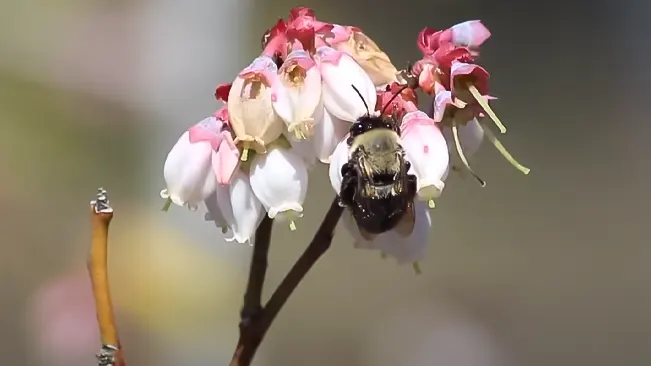
These nests are usually constructed in well-drained, sandy soil where the female excavates a burrow. Inside the burrow, she creates individual cells for each of her eggs. She provisions these cells with a mixture of nectar and pollen, known as bee bread, as food for the developing larvae. This solitary behavior means that each Habropoda laboriosa plays a critical role in her reproductive success and the survival of her offspring.
Behavior and Ecology
The behavior and ecology of Habropoda laboriosa are tightly intertwined with the flowering season of blueberry plants. These bees emerge in early spring, synchronized with the blooming of blueberry bushes. Their day starts at sunrise, and they are most active when the temperature is between 60°F and 90°F.

Their signature behavior, buzz pollination or sonication, involves grabbing onto a flower and vibrating their flight muscles, dislodging pollen more effectively than many other pollinators. This not only makes them excellent pollinators for blueberries but also for other crops and wild plants with similar floral structures. Conversely, the males do not participate in pollination or nest-building and primarily focus on mating.
Threats to Survival
While Habropoda laboriosa plays a crucial role in pollination, especially in blueberry cultivation, its existence is overshadowed by various threats that challenge its survival and ecological function. Understanding these threats is essential for developing strategies to protect and conserve these industrious pollinators.
- Habitat Loss: Urbanization and agricultural development can destroy the natural habitats of these bees, including the specific floral resources they require.
- Pesticides: Pesticides in agriculture can be toxic to these bees, particularly if not managed carefully to avoid exposure during their active periods.

- Climate Change: Climate changes can disrupt the synchrony between the emergence of bees and the blooming of blueberry plants, affecting their food source and breeding patterns.
- Competition and Predation: The introduction of non-native bee species for commercial pollination can lead to competition for resources, and natural predators can also impact their populations.
Colony Life Cycle
The life cycle of Habropoda laboriosa, the Southeastern blueberry bee, is a marvelous example of nature’s intricacies and the adaptability of solitary bees. Unlike social bees that rely on a collective colony structure, each Habropoda laboriosa follows its own, solitary path through the stages of life, tightly intertwined with the seasonal rhythms of their environment.
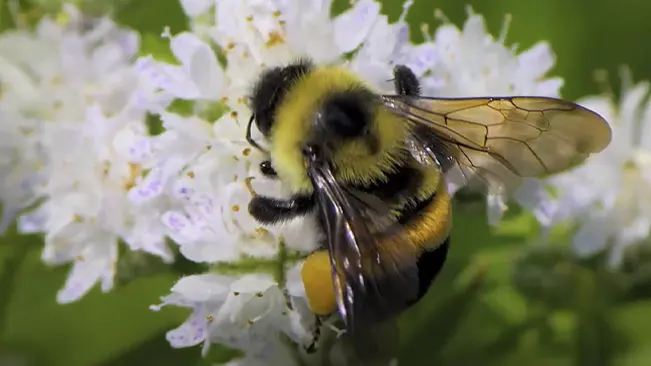
This cycle ensures the continuation of the species and their role as pollinators. The life cycle can be broken down into several distinct phases, each playing a crucial role in the survival and proliferation of the species. These phases, from emergence to the development of new adults, highlight the resilience and independence of these solitary bees.
- Emergence and Mating: Adult bees emerge in the spring, with males typically emerging before females. Mating occurs soon after emergence.
- Nest Building and Egg Laying: After mating, females begin constructing their nests. They lay eggs in individual cells within the nest, each provisioned with bee bread.
- Larval Development: The eggs hatch into larvae, which consume the stored food.
- Pupation and Overwintering: Once fully grown, the larvae pupate. They spend the winter in this stage, emerging as adults the following spring to restart the cycle.
Importance in Agriculture
The Habropoda laboriosa bee, also known as the southeastern blueberry bee, is a small native bee found in the eastern U.S., approximately half an inch long and resembling a small bumblebee. While it nectars on various spring flowers, it specializes in foraging primarily on blueberry pollen and nectar, making it a crucial pollinator of blueberries. This solitary ground nester prefers nesting in sandy soils in sunny, open areas, where females create individual nest cells lined with a waterproof coating and provisioned with a mass of nectar and blueberry pollen.
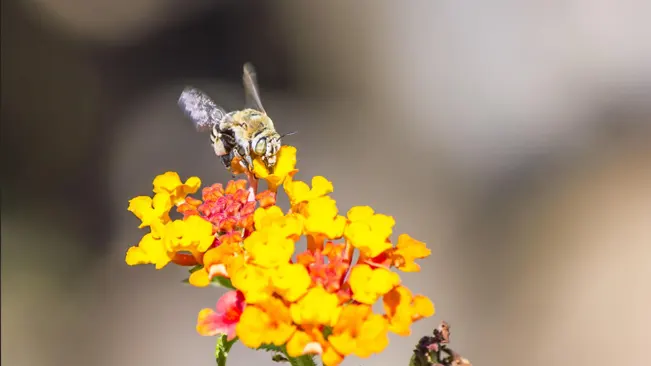
The bee’s unique buzz-pollination method significantly increases the yield and quality of blueberries, making it an invaluable asset to blueberry farmers. Southeastern blueberry bees are masters of blueberry pollination, outperforming honey bees, and have been observed visiting up to 50,000 blueberry flowers, resulting in more than 6,000 ripe blueberries.
Their vital role in pollinating both native and commercial blueberries highlights the importance of conserving this species and its habitats. Although the lifespan of an adult southeastern blueberry bee is short, its impact on the ecosystem is significant, emphasizing the crucial role of native bees in crop pollination and the overall vitality of ecosystems.
Research and Awareness
The ongoing research on the Habropoda laboriosa bee’s biology, behavior, and ecological requirements is crucial for understanding and conserving this species. One area of research focuses on evaluating the genetic diversity of the Osmia genus, which provides insights into the stressors encountered by various Osmia species. For instance, studies have used microsatellite analysis to investigate genes associated with susceptibility and tolerance to environmental stressors like pollution.
Functional genomics analyses offer valuable information about genome-wide architecture and changes in gene expression in response to environmental stress or pathogenic infection. Such studies can provide insights into the genetic integrity of native species and their implications for ecological interactions, foraging performance, and response to climate change.
Raising public awareness about the importance of native solitary bees, such as the Habropoda laboriosa, is critical for fostering greater appreciation and support for their conservation. By combining scientific research with public awareness efforts, it becomes possible to contribute to the preservation of biodiversity and the sustainability of agricultural systems.
Conclusion
Habropoda laboriosa is more than just a bee; it’s a critical ecosystem component, especially in regions where blueberry plants are prevalent. Understanding the intricate details of their life cycle, behavior, and the challenges they face is vital for their conservation and the protection of biodiversity. Ensuring the health and survival of these bees not only supports the environment but also secures the future of agricultural practices dependent on their pollination services.
FAQs
- What is the Habropoda laboriosa bee?
The Habropoda laboriosa bee, also known as the southeastern blueberry bee, is a small native bee found in the eastern United States, approximately half an inch long, and resembling a small bumblebee. - What is the nesting behavior of the Habropoda laboriosa bee?
The bee is a solitary ground nester that prefers nesting in sandy soils in sunny, open areas. Females create individual nest cells lined with a waterproof coating and provision each one with a mass of nectar and blueberry pollen before laying a single egg on each pollen mass. - When are the Habropoda laboriosa bees most active?
The southeastern blueberry bee is most active from February through April, coinciding with the blooming period of blueberry plants. - What is the significance of the Habropoda laboriosa bee in agriculture?
The bee is a specialist pollinator of blueberries and significantly enhances the yield and quality of this important crop through its unique buzz-pollination method. It is particularly crucial for both native and commercial blueberry crops. - How does the Habropoda laboriosa bee contribute to blueberry pollination?
By vibrating their flight muscles, the bees warm up and fly before temperatures even reach 60 degrees, allowing them to efficiently pollinate blueberry flowers by shaking loose the heavy, sticky blueberry pollen and transferring it to subsequent flowers in their quest for nectar and pollen. - What are the characteristics of the Habropoda laboriosa bee’s foraging behavior?
The bee primarily forages on blueberries and other early blooming plants, such as Eastern redbud, Viburnum, Azalea, and clover, exhibiting a preference for blueberry pollen and nectar. - Why are the Habropoda laboriosa bees important for ecosystems and agriculture?
The bee’s role in buzz-pollinating blueberries underscores its significance in the sustainability of agricultural systems and emphasizes the need to conserve native solitary bee species and their habitats. - How do the Habropoda laboriosa bees contribute to blueberry yield?
Studies have shown that a single adult female can visit up to 50,000 blueberry flowers, resulting in more than 6,000 ripe blueberries, highlighting their remarkable impact on blueberry yield. - What are the threats to the Habropoda laboriosa bee?
The bee faces threats such as habitat loss, pesticide exposure, and competition from non-native bee species, necessitating conservation efforts to protect and support its habitats. - How can individuals contribute to the conservation of the Habropoda laboriosa bee?
By raising public awareness about the importance of native solitary bees and supporting conservation initiatives aimed at preserving their habitats, people can contribute to the preservation of biodiversity and the sustainability of agricultural systems.


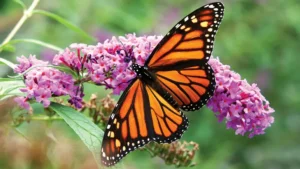
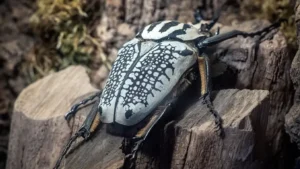

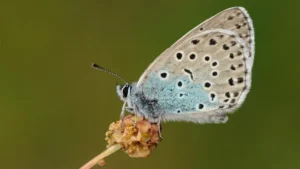

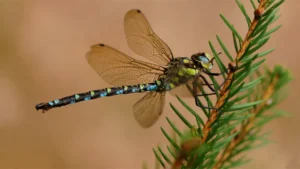

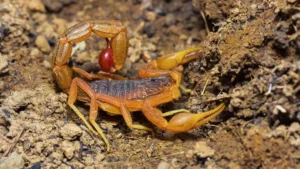

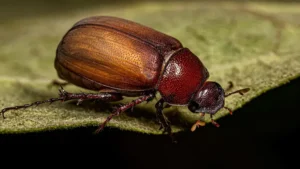
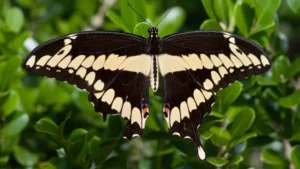
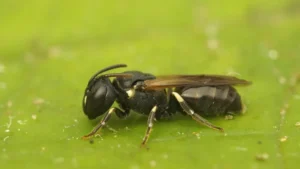
Leave your comment